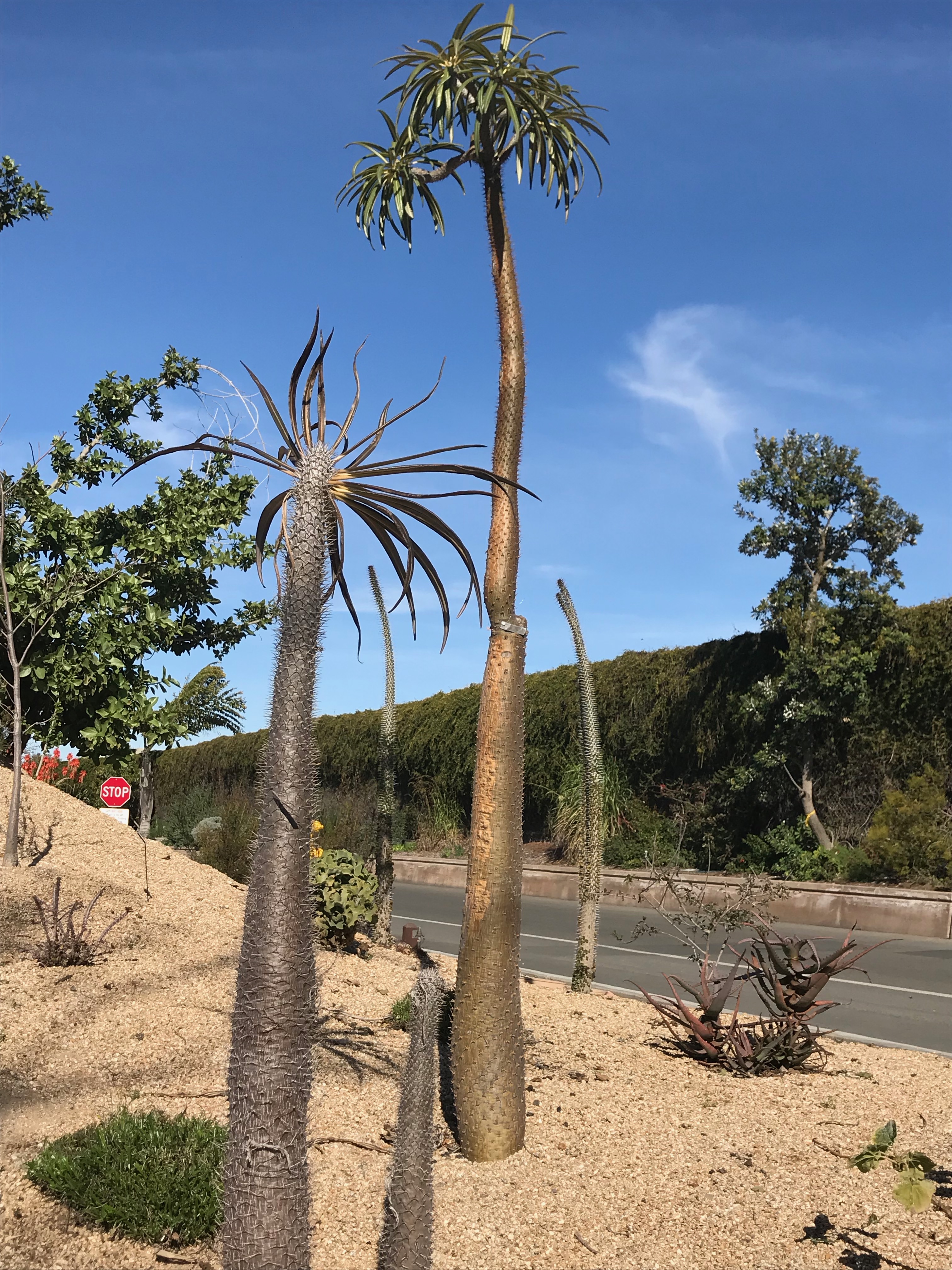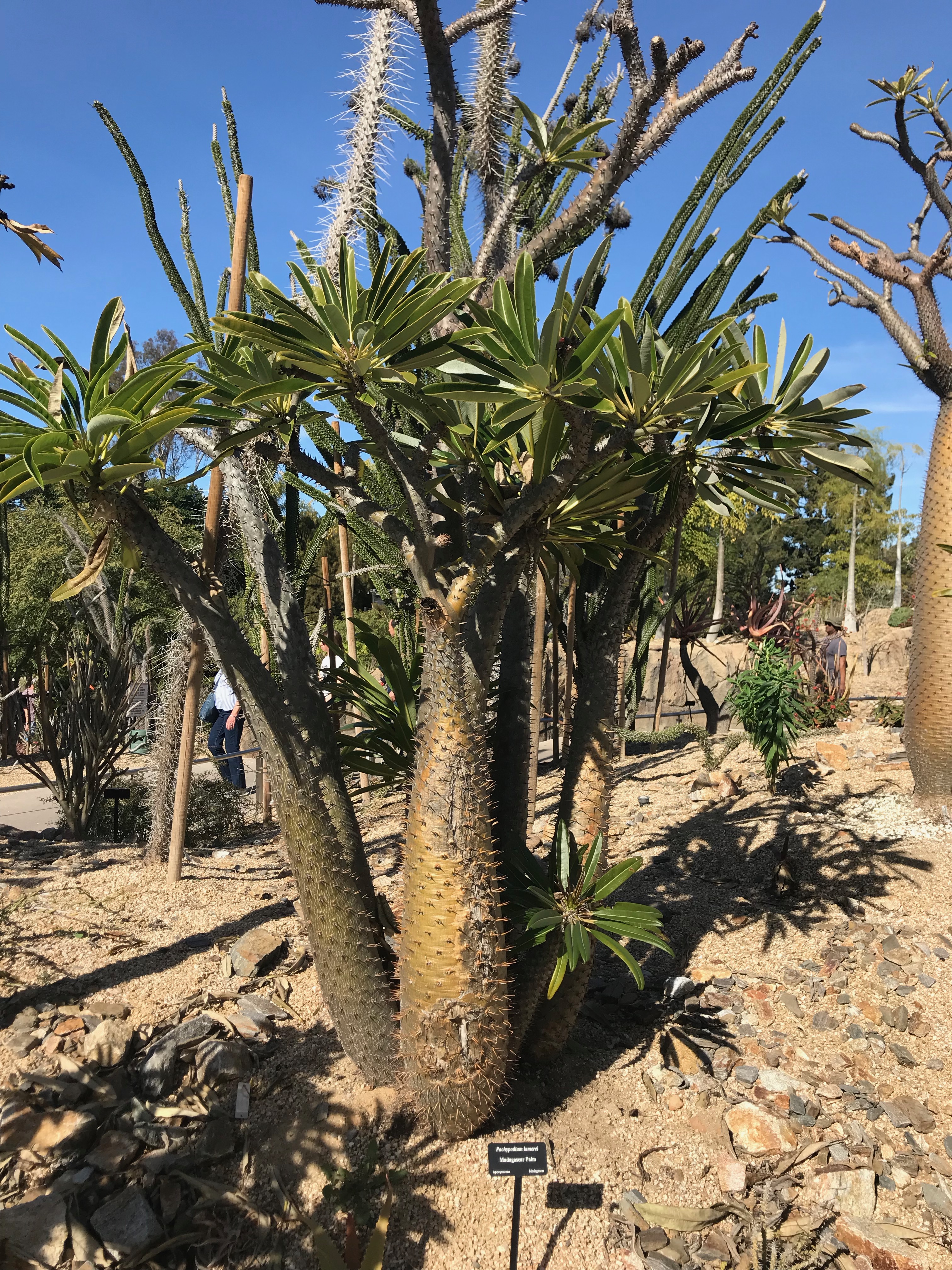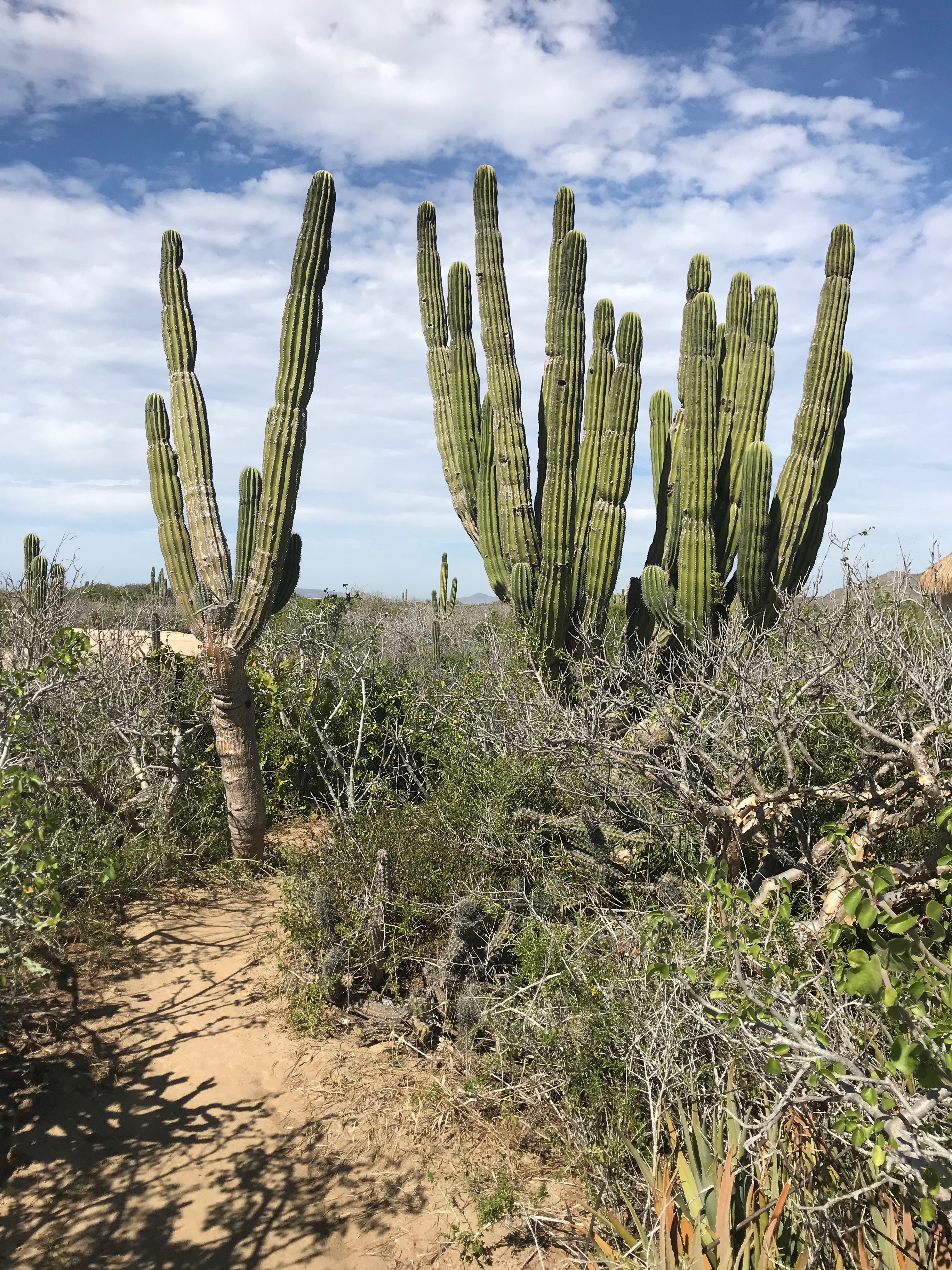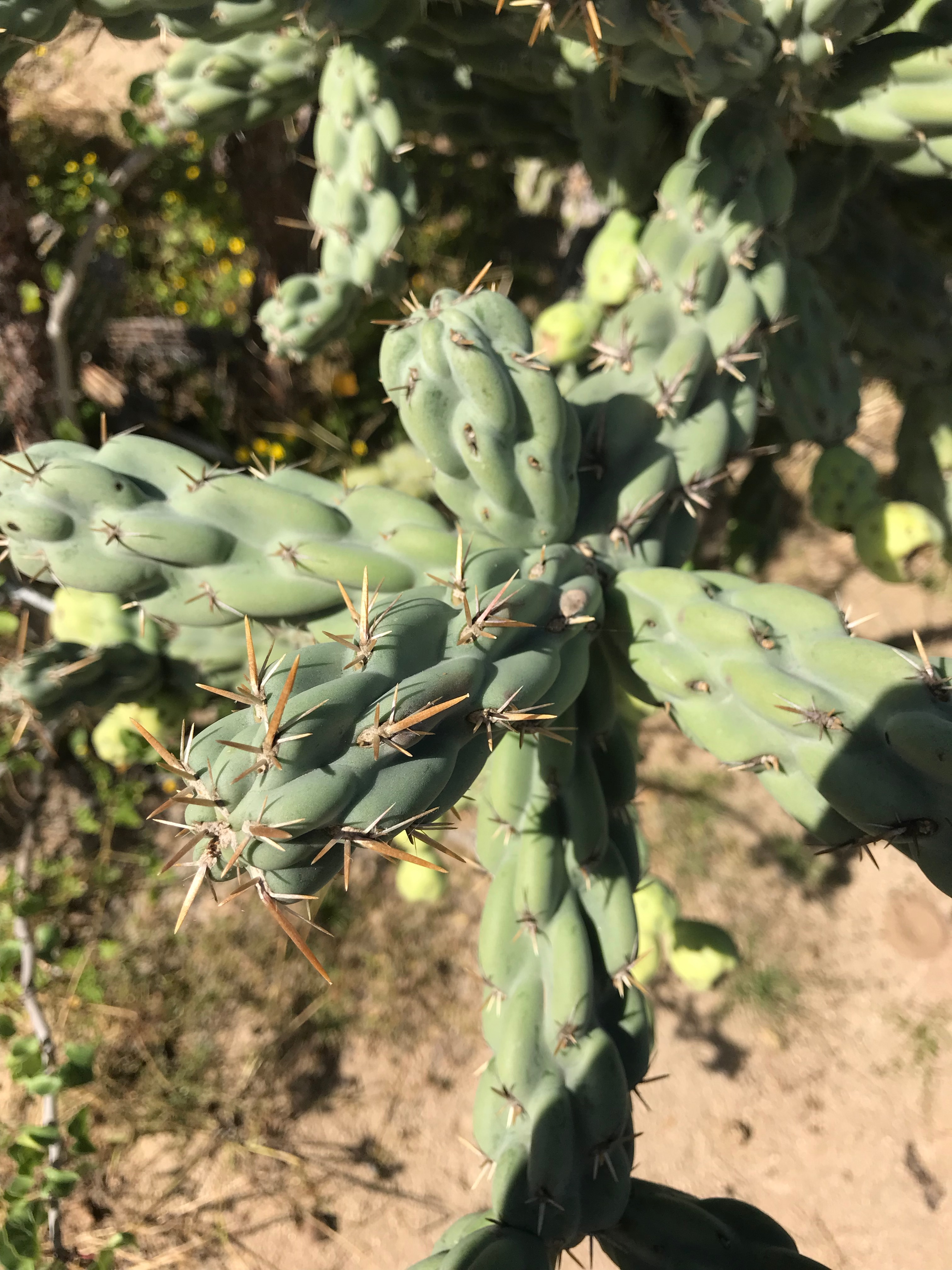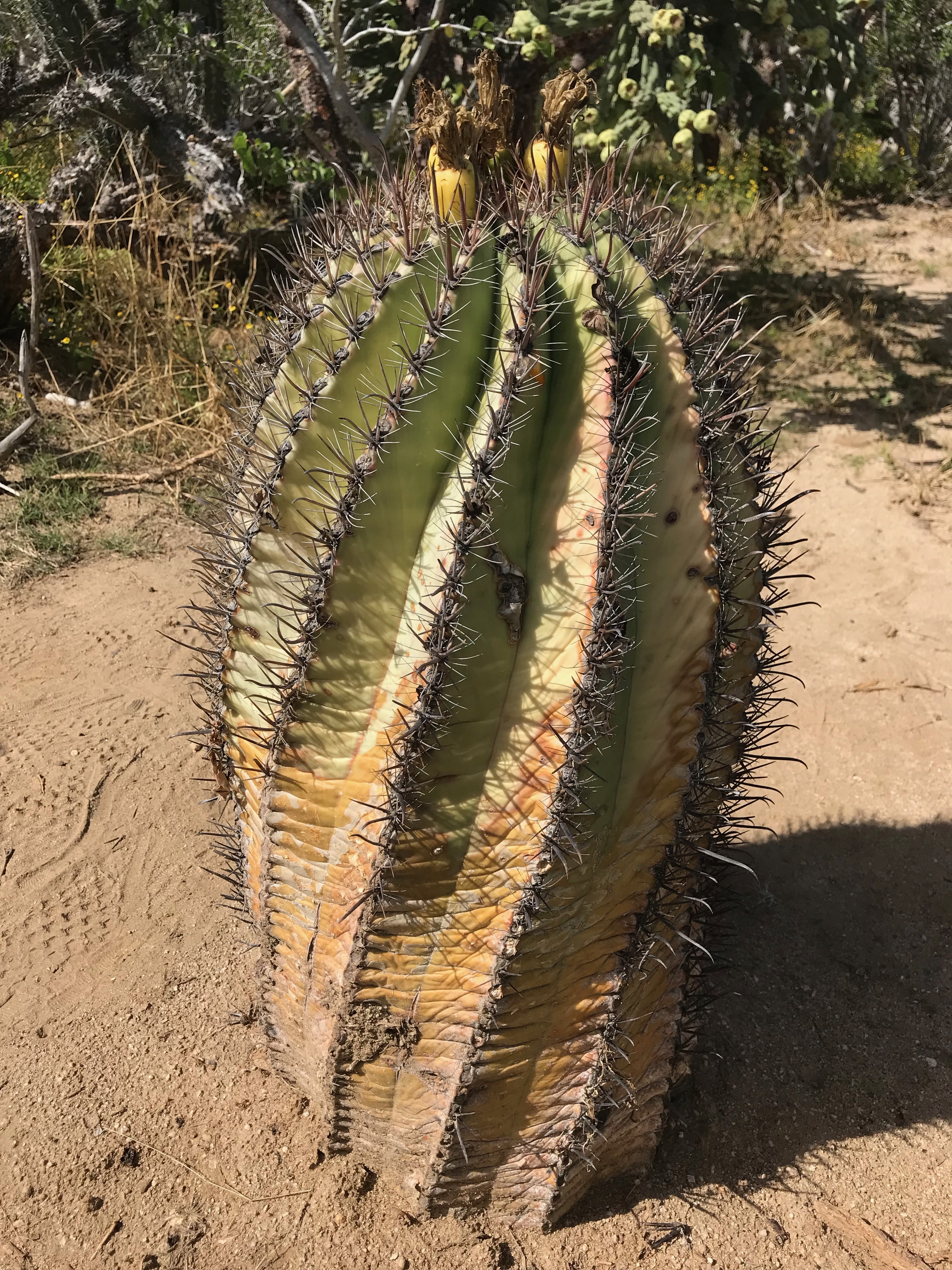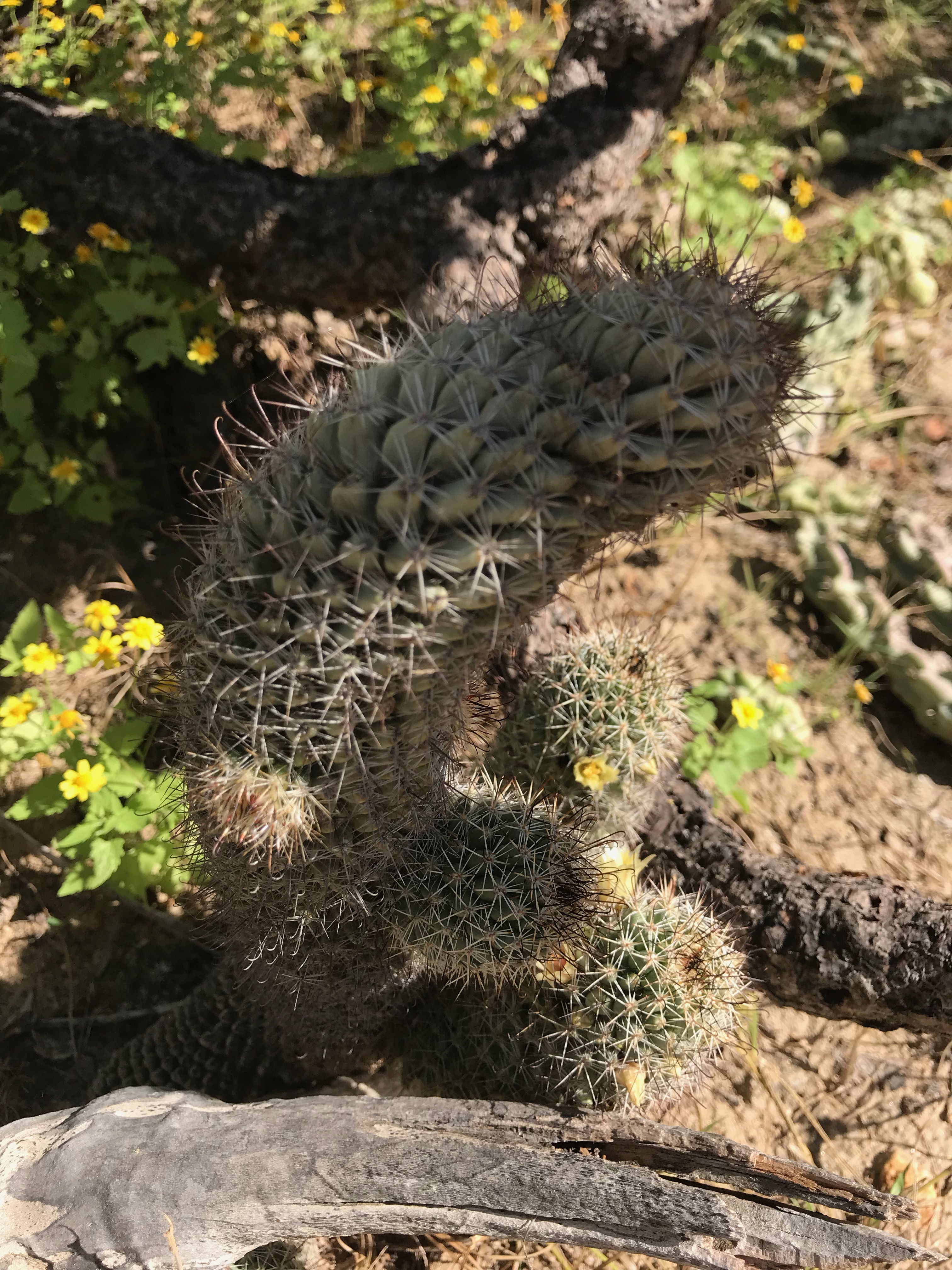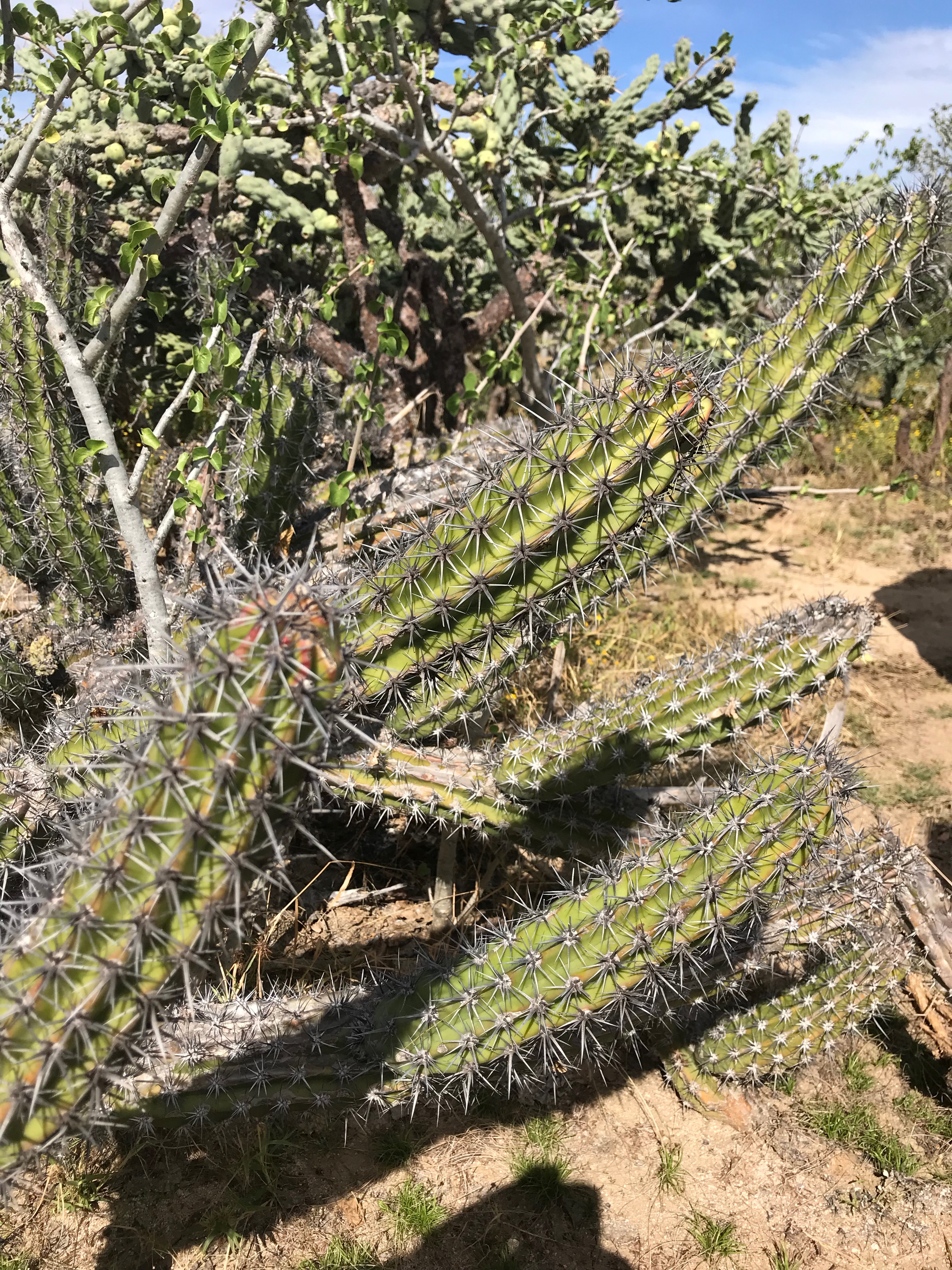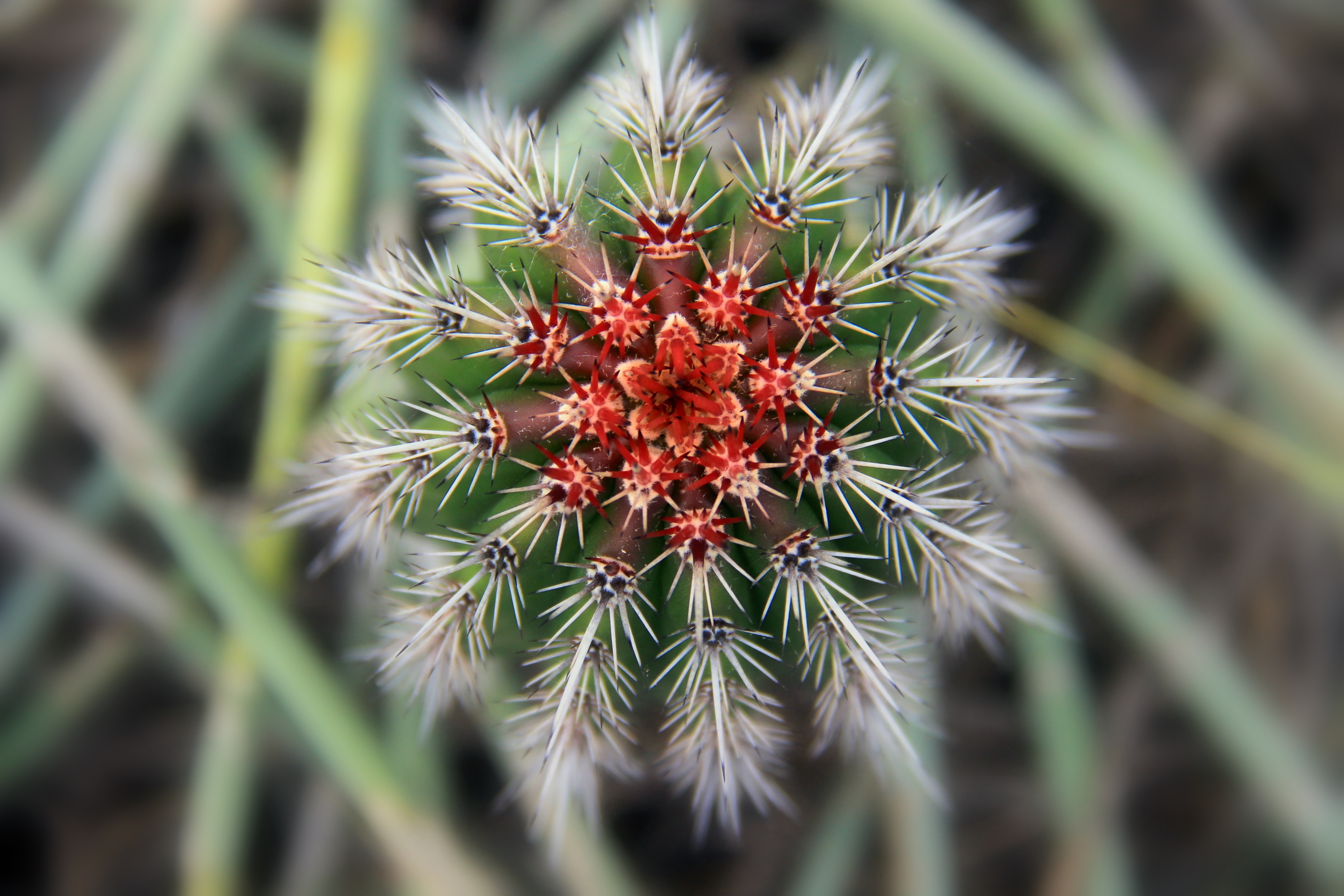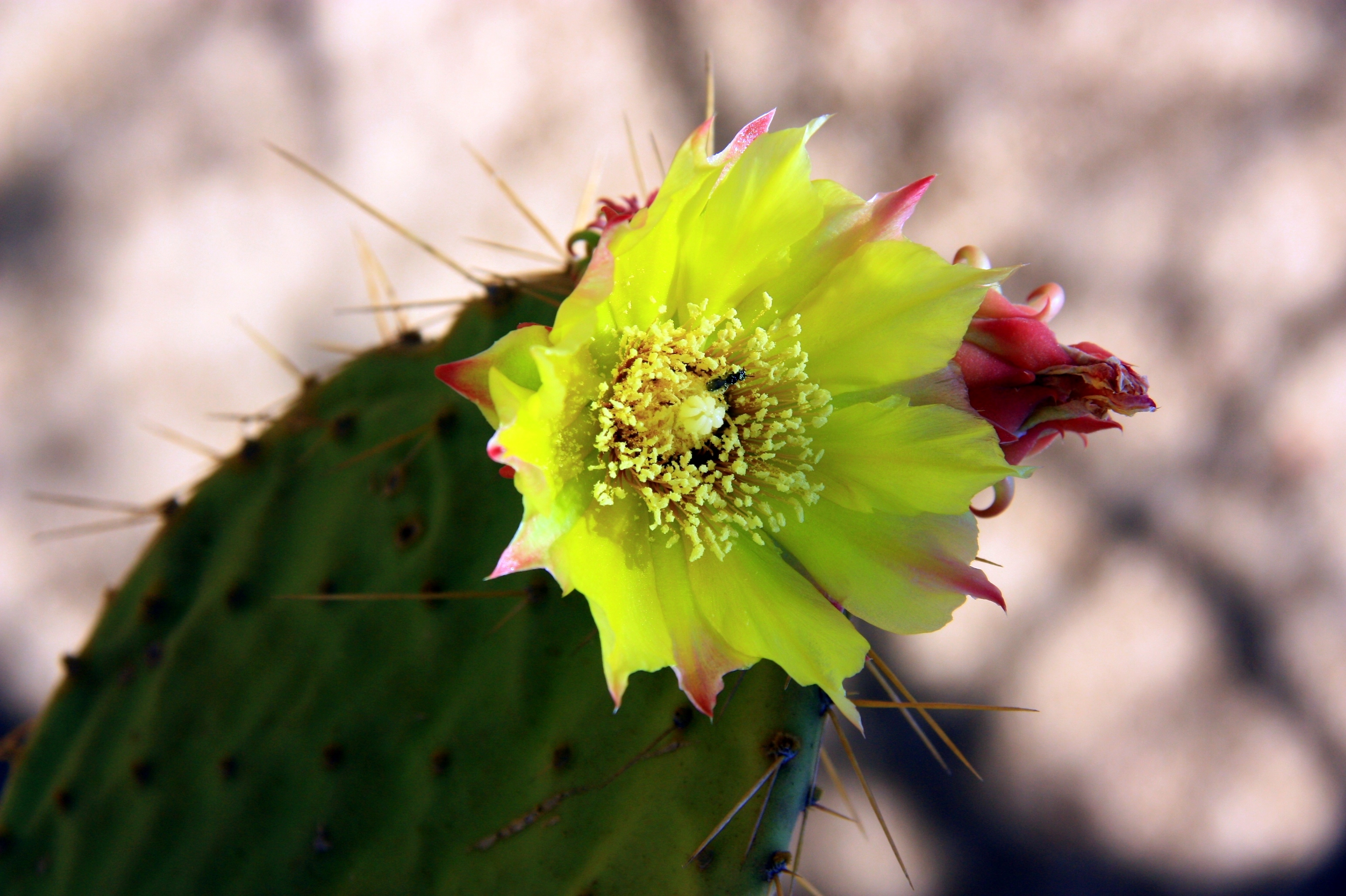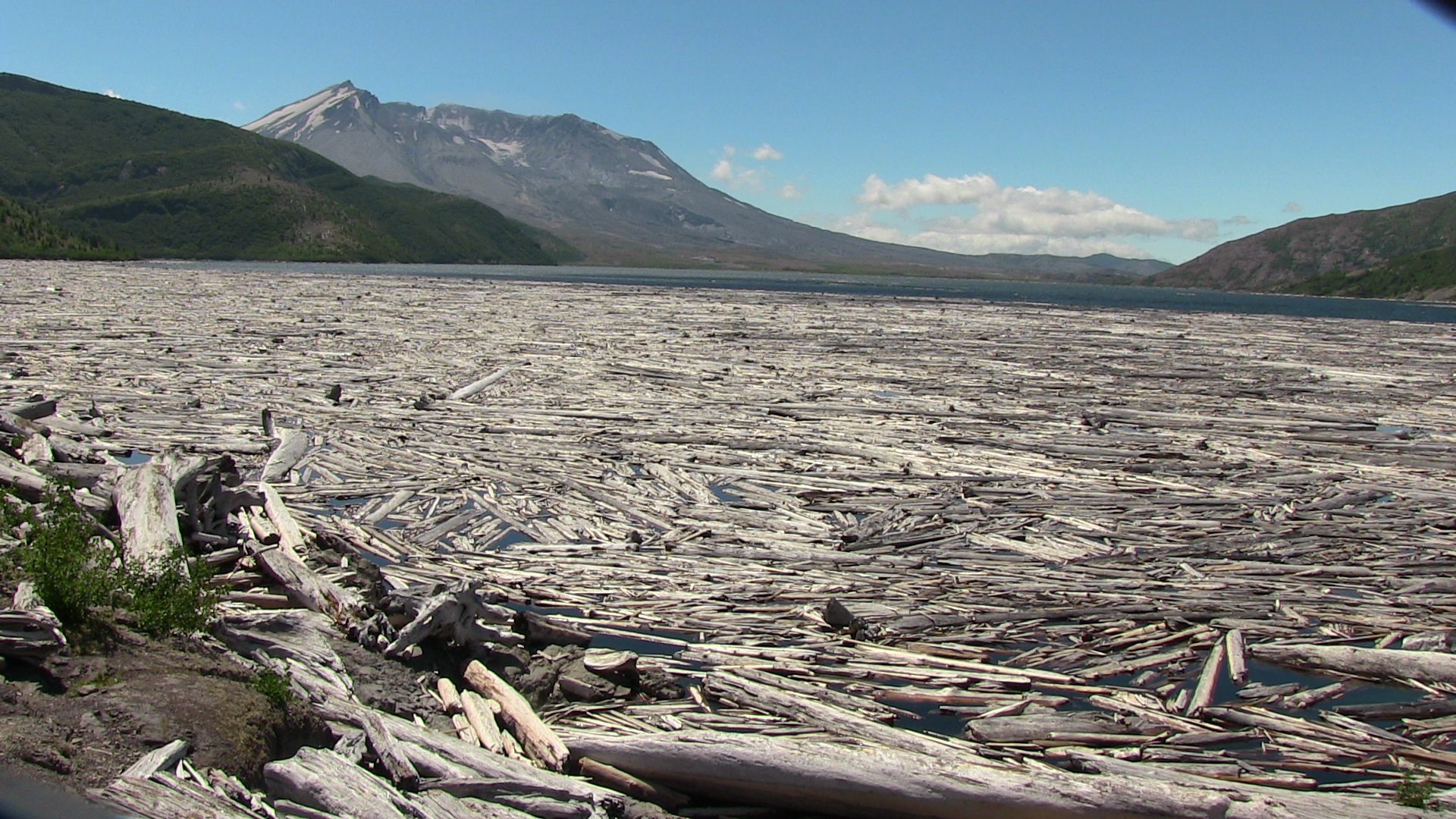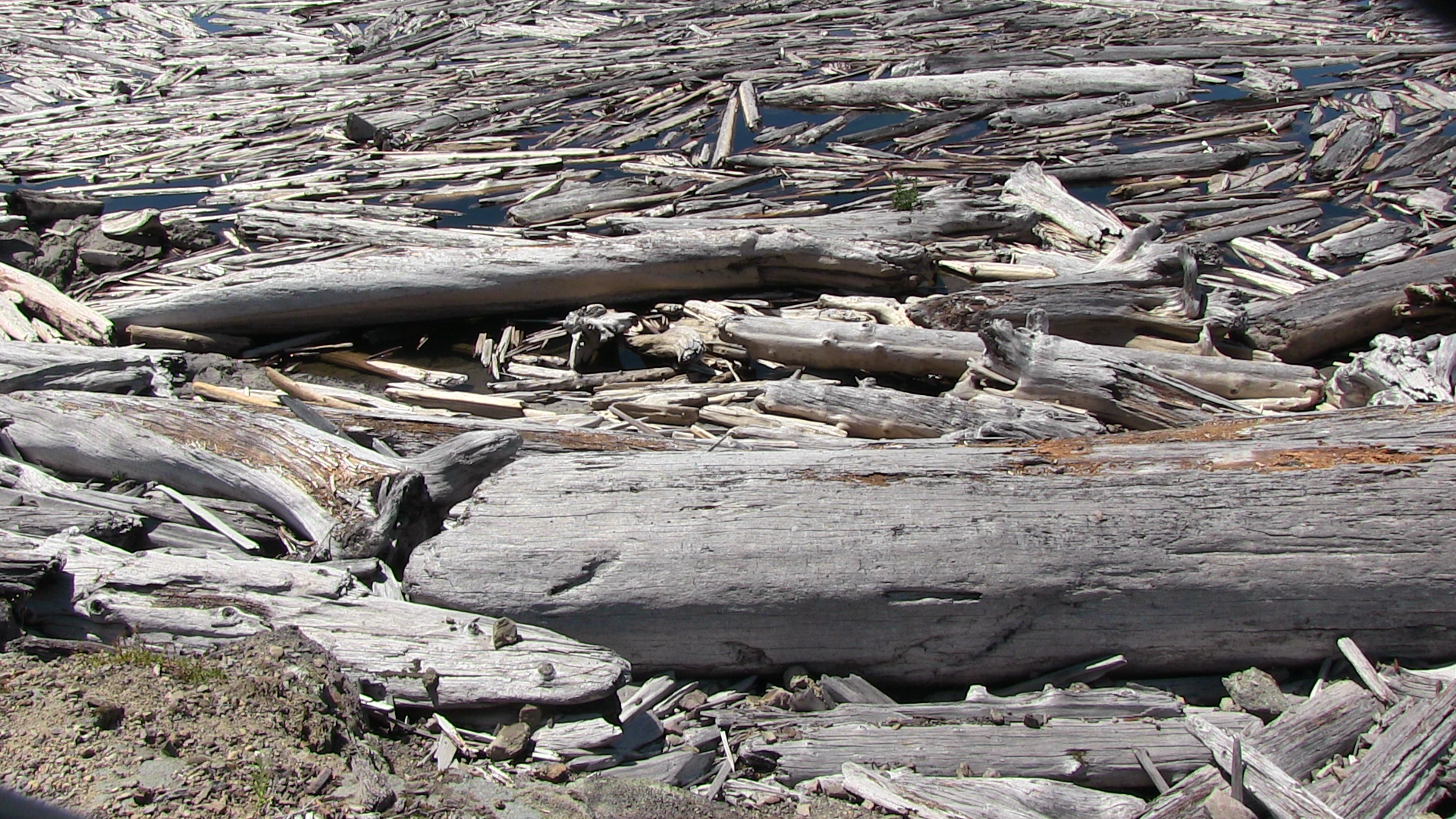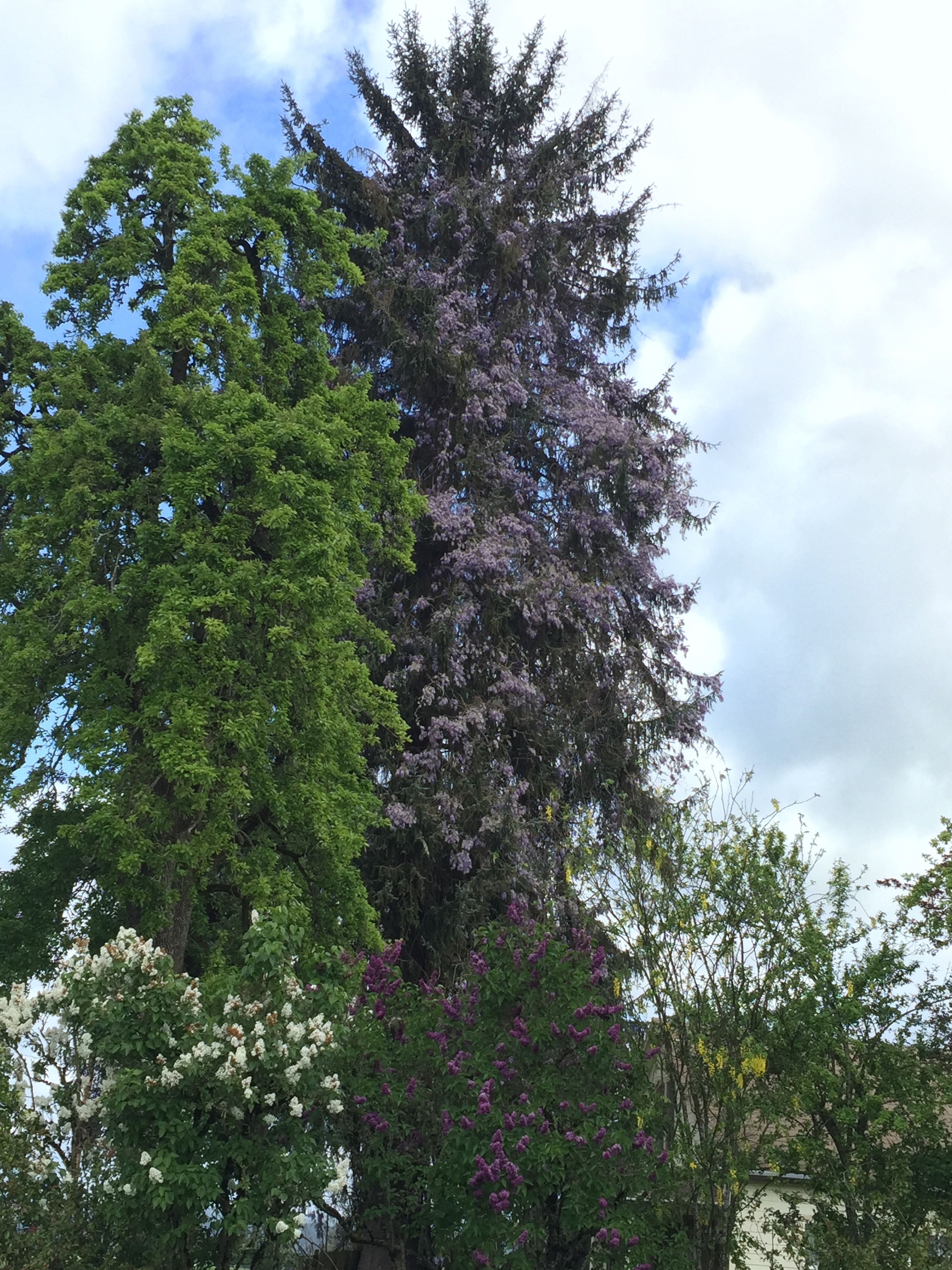This video chronicles my recent trip to the British Isles and Ireland where I visited numerous botanical gardens and natural wild areas including the Royal Botanical Gardens at Kew near London, Blarney Castle Gardens in Ireland, Powerscourt Estate Gardens in Ireland, the Antrim Coast and Giant’s Causeway in Northern Ireland, the Scottish Highlands, Dunrobin Castle gardens in northern Scotland, Holyrood Castle gardens in Edinburg, Scotland plus gardens in Paris. Please enjoy.
Category Archives: Exotic and Interesting Trees
Neskowin’s 2000 Year Old Ghost Forest & Boiler Bay Whales
Venturing INSIDE a 1,250 Year Old Cedar Tree—Mt. Baker, WA
Wilsonville’s Willamette River Historic Log Raft Cable Trees
Recently, the City of Wilsonville, as spearheaded by Wilsonville City Councilor and former Wilsonville mayor Charlotte Lehan, placed a Oregon historical marker in Wilsonville’s Memorial Park honoring several cable trees on the banks of the Willamette River as State of Oregon Heritage Trees.
So what is a cable tree?
Years ago when logging was the main driver in Oregon’s economy making this state the number one timber producer in the U.S., huge numbers of trees (billions of board feet per year) were being logged out of local forests each year. In many cases, the most economical way to get logs from the forest to the sawmill was to floats them down rivers like the Willamette. Huge log rafts would be created and then cabled and chained together and pulled downriver by tugboats where they would be tied up to trees (and sometimes pilings) along the riverbank waiting their turn to be hauled to the sawmill.

I still remember in the 1960s and 1970s seeing tugboats pulling enormous log rafts through downtown Portland’s Willamette River. It was a common sight that we took for granted. It wasn’t unusual to see multiple log rafts tied up near Ross Island along the river bank. Today when you travel up the Columbia River, or along some of Oregon’s coastal rivers, you can still see many old, rotting pilings that were used for that purpose decades ago. Such practices were part of Oregon’s illustrious logging history.

Today, many of these old anchor trees are still visible, including several along the Willamette River in Wilsonville. The scars from the cables can still be clearly seen in some trees, and other trees even have remnants of old cables and other hardware imbedded in them that the trees have often grown around.
Please enjoy the photos of some of these historical Wilsonville trees.
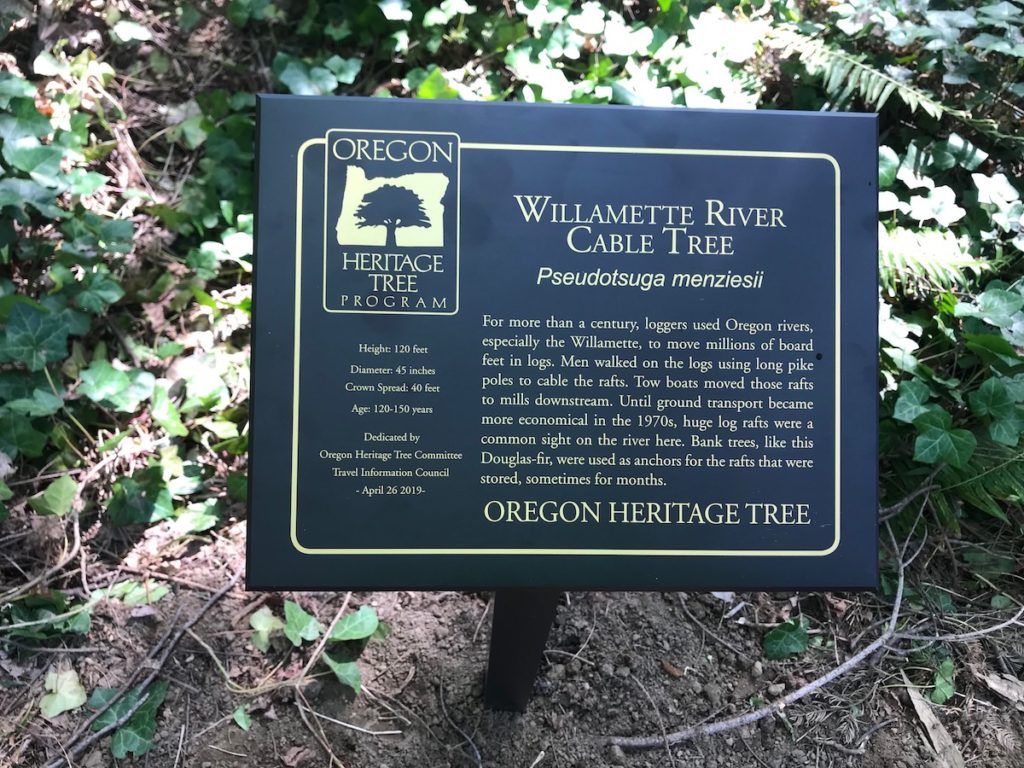

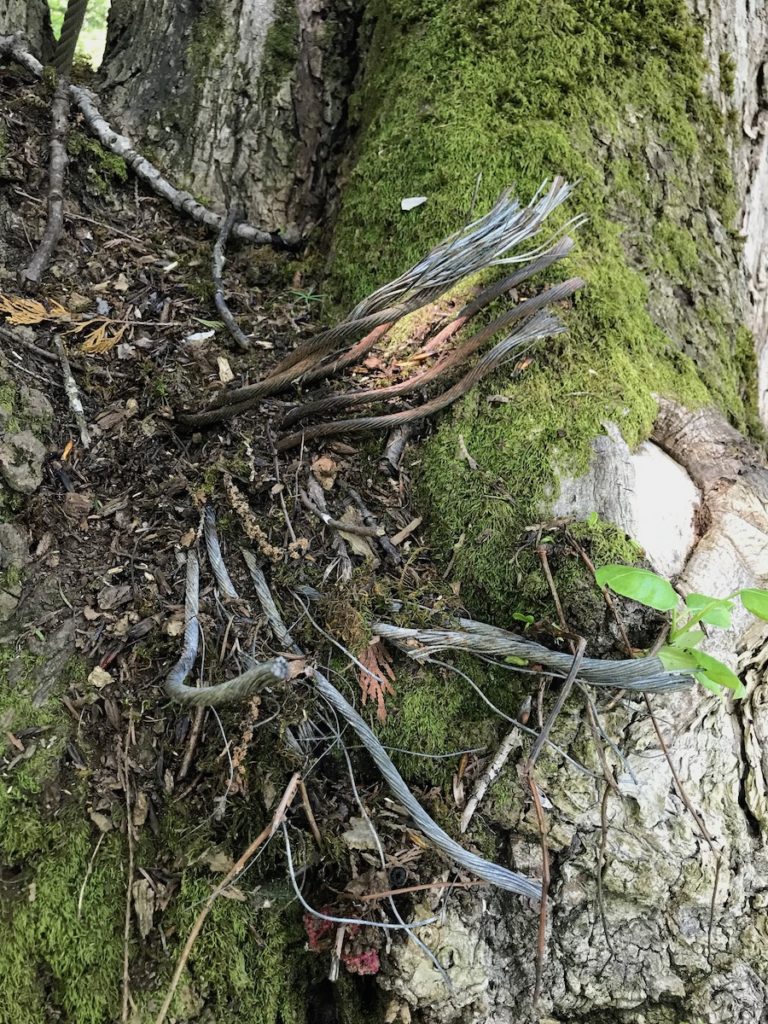

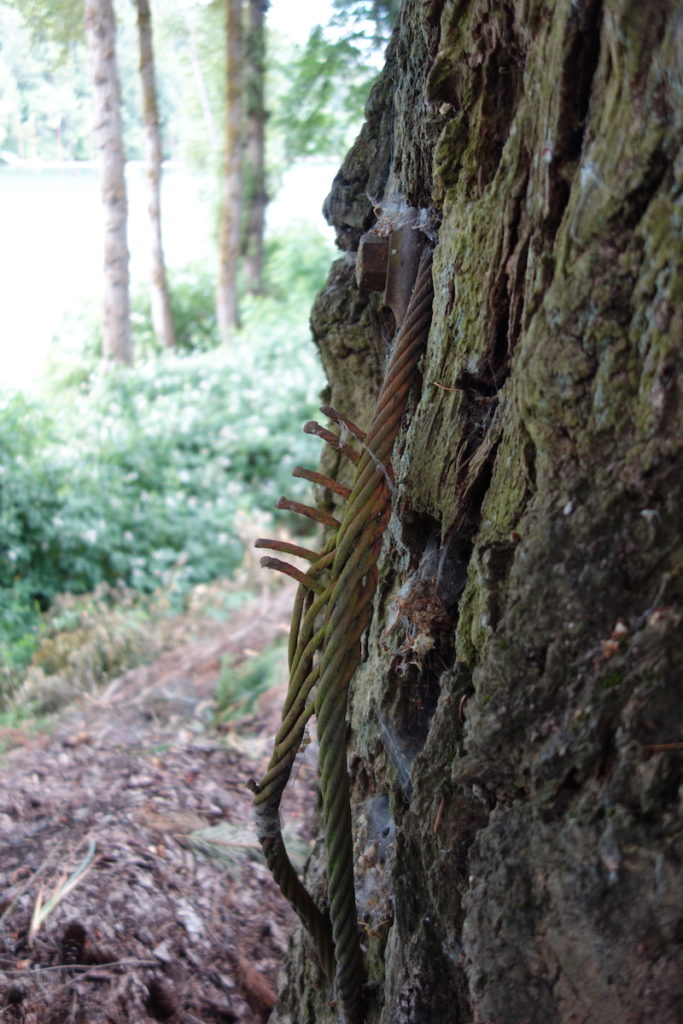
How old is that tree way up in the mountains? Hint: It’s older than you think!

2012 Research
I conducted the following study in Jefferson Park, Oregon, which is located at the NW side of the base of Mount Jefferson (10,499 feet high). The elevation of this alpine park is approximately 6,000 feet above sea level.
The tree ring counts were made on dead trees, which I cut, and then counted the growth rings (one ring per year) with the help of a 10X power hand lens. I counted the tree rings of the cross section of each trunk four times to insure accuracy.
Tree Type Tree Diameter Number of Tree Rings # of Rings per Inch
Mountain Hemlock (Tsuga mertensiana) 2.75 inches 45 16
Mountain Hemlock (Tsuga mertensiana) 1 inch 20 20
Type unknown 6.25 80 13
Mountain Hemlock (Tsuga mertensiana) 2.75 70 31
Subalpine Fir (Abies lasiocarpa) 2.75 150 54
Subalpine Fir (Abies lasiocarpa) 3.25 130 40
I noted several things from this study:
- The average number of rings per inch of the above trees is 29. This means that, on average, a 10 inch diameter tree at the 6,000 foot level in Jefferson Park is 290 years old! In the Willamette Valley below these same mountains, which is at or slightly above sea level, a similar aged tree would theoretically be four or five feet in diameter.
- Subalpine firs seem to have a slower growth rate than mountain hemlocks, which is by far the dominant species of conifer in the Jefferson Park area.
- The trees that grew out in the open tend to grow faster than those that are under the shadow of larger trees (that are 12 to 24 inches in diameter) and are thus competing for scarce soil resources and sunlight.
- The growing season in Jefferson Park is approximately only three to four months long each year.
- Trees that are 20 inches or more in diameter in Jefferson Park (of which there are a vast number), must be of immense ages— probably 500 to 600 years old.

2019 Research
In August of 2019, I conducted similar research at Demaris Lake (located below Chambers Lakes in area between the Middle Sister and South Sister mountains—each is well over 10,000 feet high—on the east side of the Cascades) as I did at Jefferson Park in 2012. There I examine the dead root of a white bark pine (Pinus albicaulis) at the 6,000 foot elevation. The diameter of the root was 4.5 inches. A one inch diameter root section had 100 growth rings making the tree root some 450 years old. The tree root was dead. For how long, it’s impossible to say based on simple visual observation. My guess based on the decay of the log from which the root came would be about 50 to 100 years making the root somewhere between 500 to 550 years old.
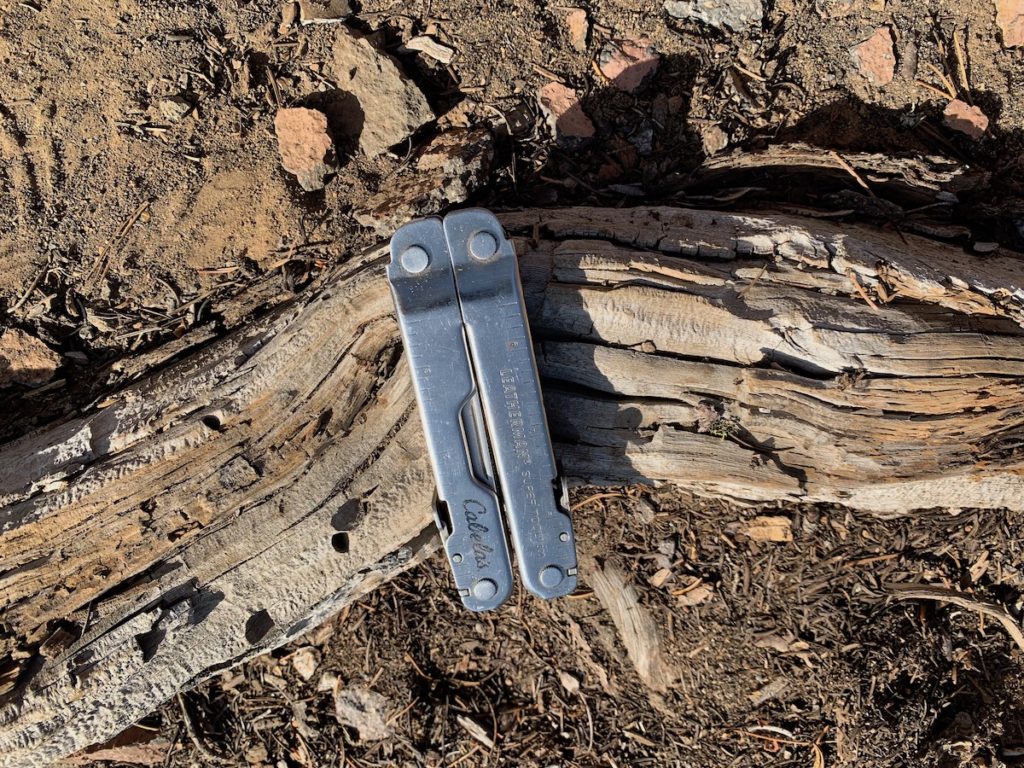
Conclusion
In the Cascade Mountains of Oregon and Washington in the 6,000 to 7,000 foot elevations, there are countless numbers of pines, firs and hemlocks that are of immense ages. I suspect that most intrepid trekkers to these lofty alpine regions give these trees little more than a passing thought, much less give them the respect that they deserve as ancient entities and survivors in some of the harshest growing conditions on the planet.
Moreover, it is amazing to think that the cousins of these same trees that exist in ideal growing conditions near sea level in the valleys below at the same age are four to six feet in diameter!
So next time you find yourself high in the mountains surrounding by these ancient conifers, I encourage you to take a selah moment to pause and reflect on these coniferous oldsters some of whose roots go back nearly to the Columbian era. Let these trees help you to get in touch with yourself—with your own ancestral roots. Let them to “speak” to you about being a survivor, about beauty, about growing old gracefully, about weathering the storms of life, about having your “roots” anchored firmly and deep in the good soil of virtue, about resilience and solidity in the face of an ever-changing environment.
How does such an old specimen make you feel? Young? Small? Temporary? Humble? How does this affect your view of life—what you do, who you are and the mark you will leave on this earth—your own legacy?
There is much to learn from trees. Please take a moment and think about it. Better yet, go out into the woods and hang out with some trees. Take a note pad and record your thoughts as trees teach you something about yourself and life in general.
Moreover, it is amazing to think that the cousins of these same trees that exist in ideal growing conditions near sea level in the valleys below and are the same age as are four to six feet in diameter!
So next time you find yourself high in the mountains surrounding by these ancient survivors, I encourage you to take a selah moment to pause and reflect on these coniferous oldsters some of whose roots go back to a barely post-Columbian era. Let these trees help you to get in touch with yourself—to “speak” to you about being a survivor, about beauty, about growing old gracefully, about weather the storms of life, about having your “roots” anchored deep in good soil, about resilience and solidity in the face of an ever-changing environment.
How does such an old specimen make you feel? Young? Small? Temporary? How does this affect your view of life—what you do, who you are and the mark you will leave on this earth?
There is much to learn from trees. Please take a moment and think about it. Better yet, go out into the woods and hang out with some trees. Take a note pad and record your thoughts as trees teach you something about yourself and life in general.
Nathan Discovers More Giant Trees
On his global and never-ending quest to discover and photograph giant trees, Nathan has found several more to add to the list right in his own backyard. Please enjoy these wonders of nature!
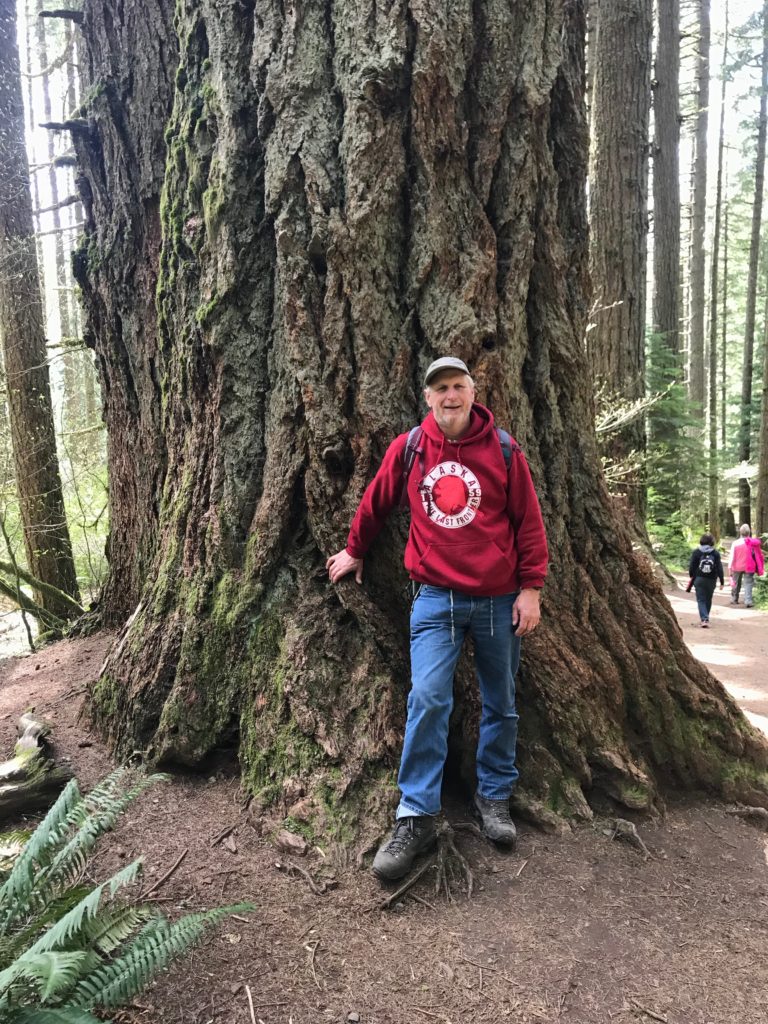

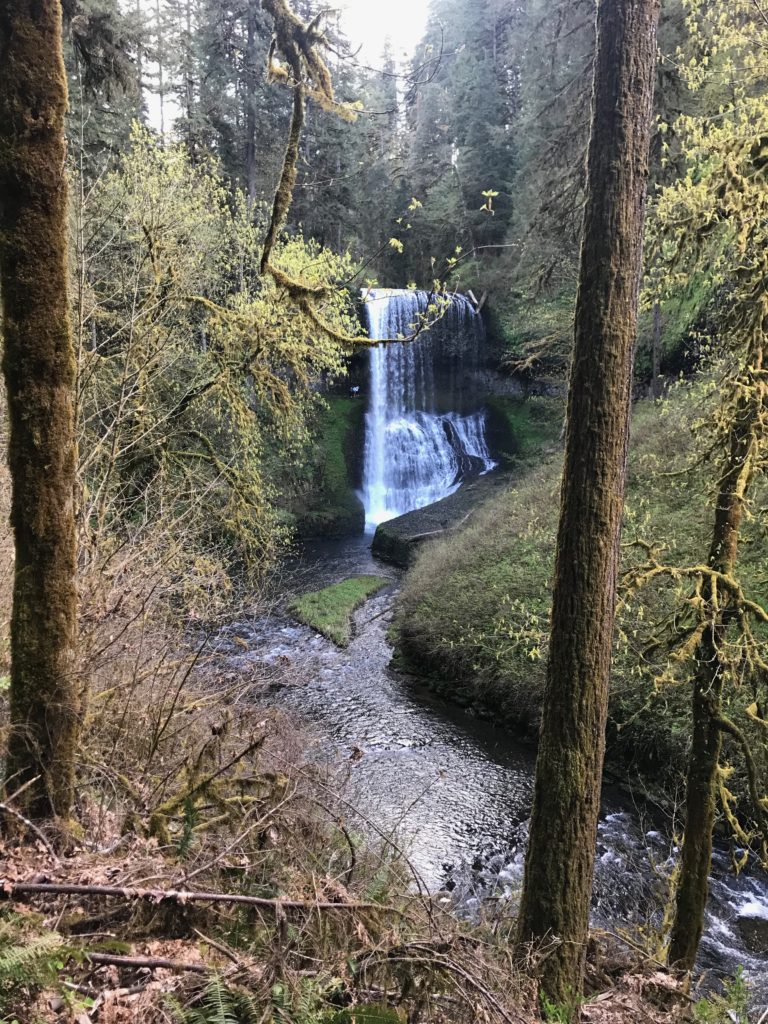
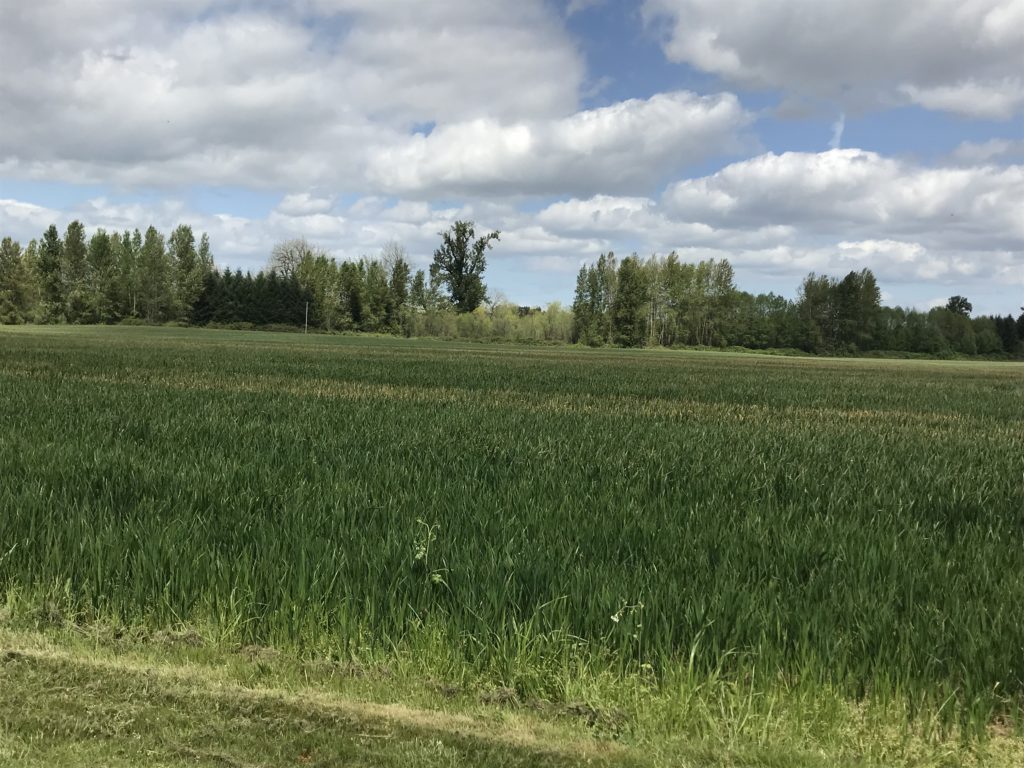
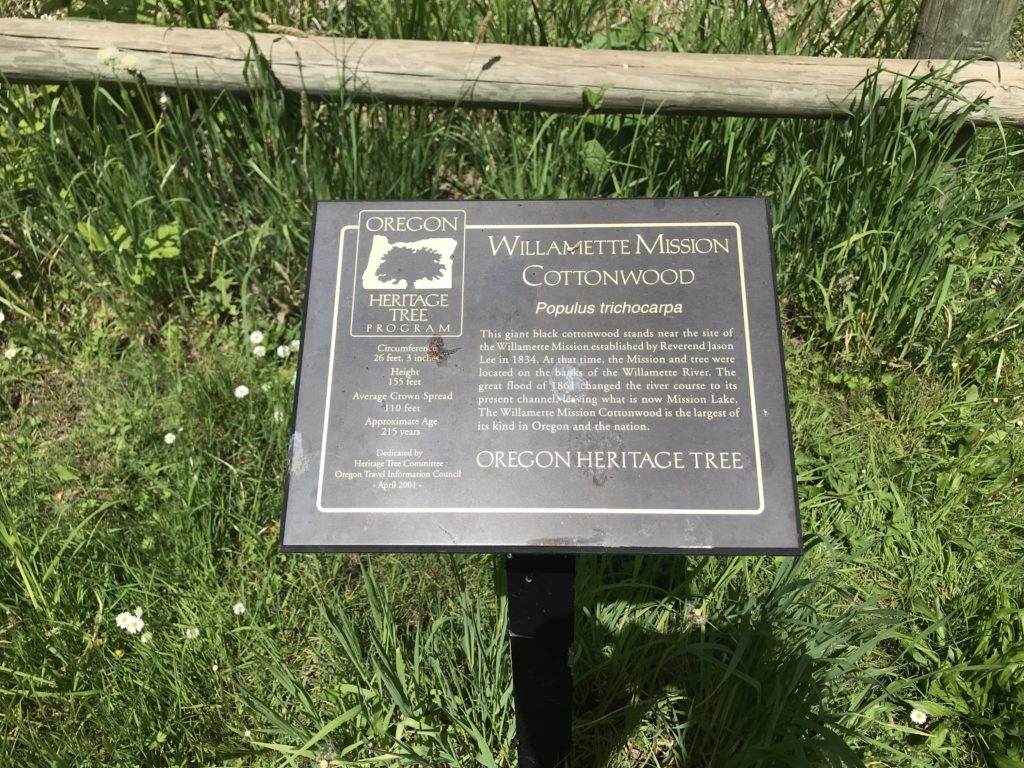
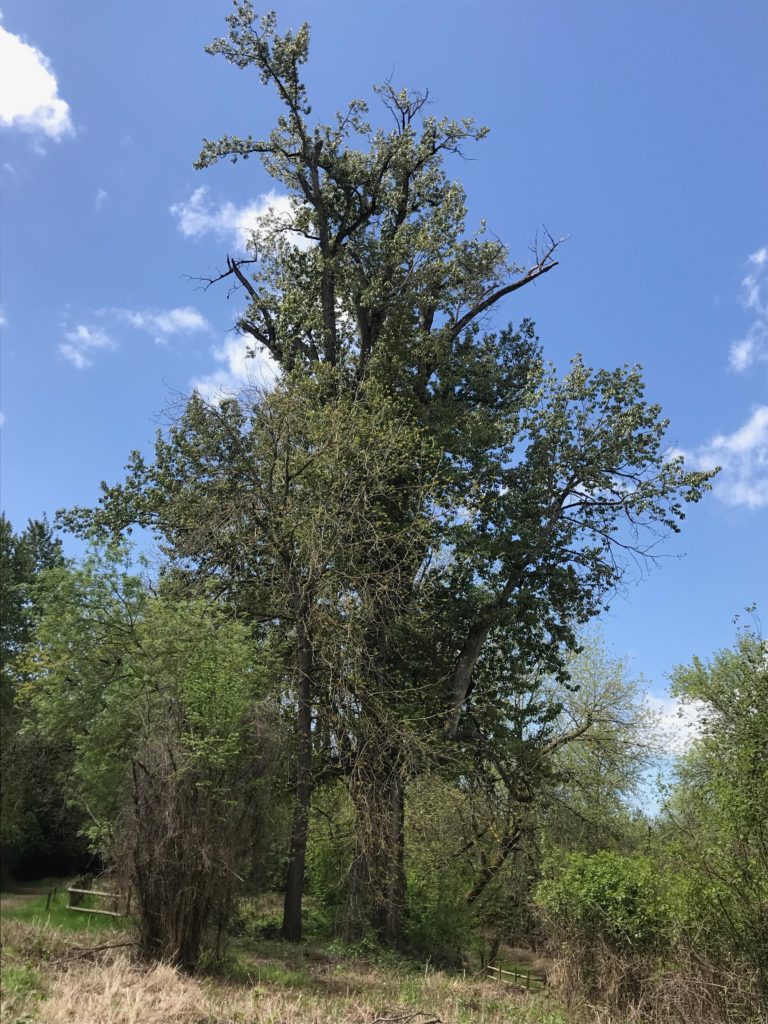
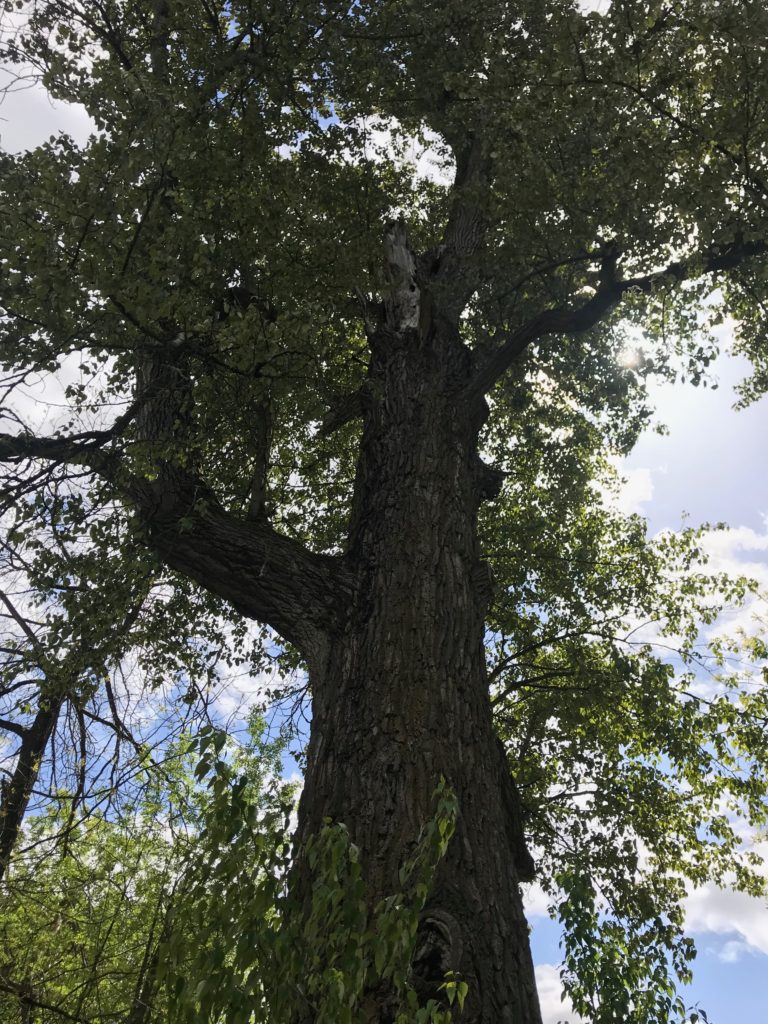
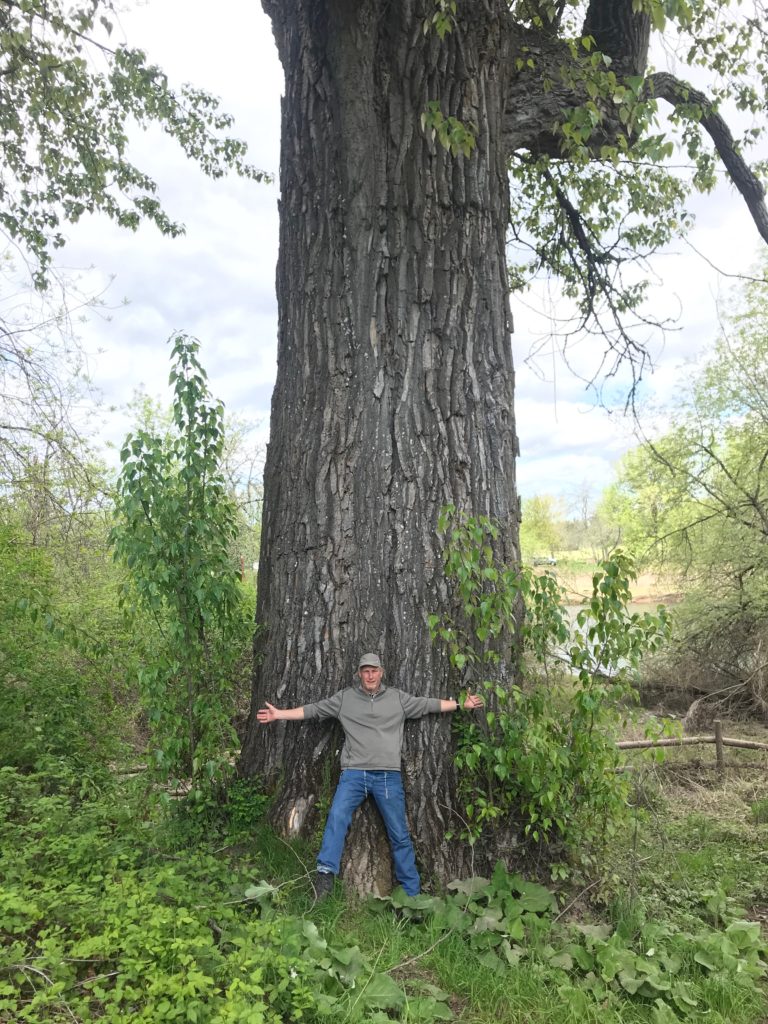
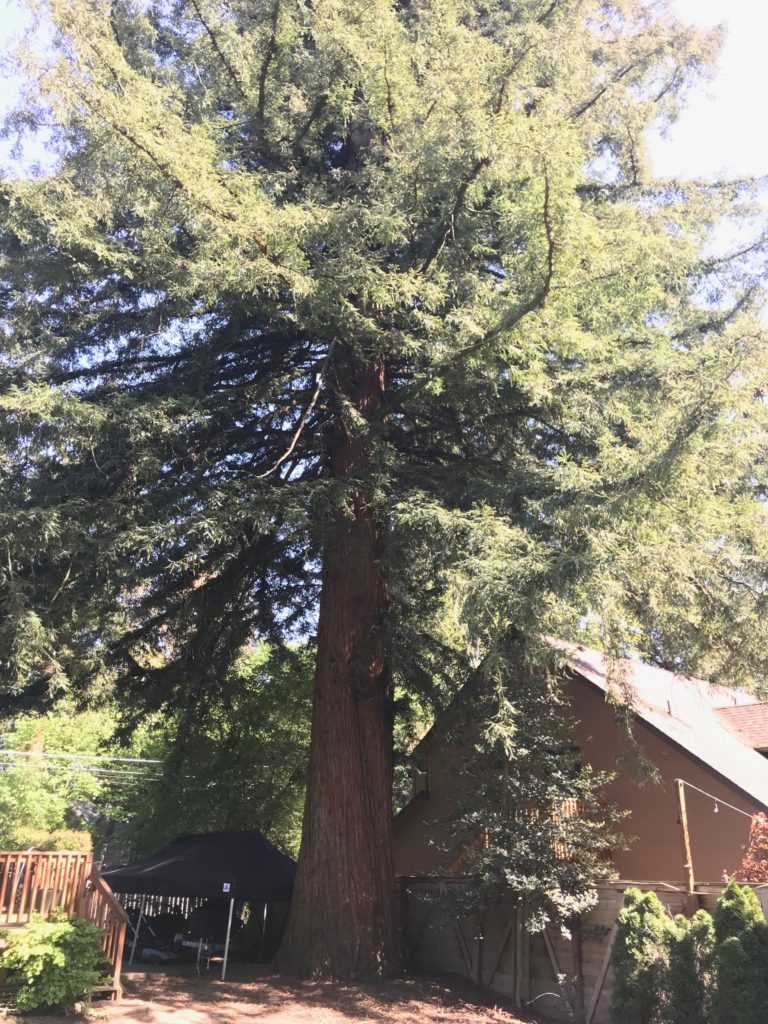
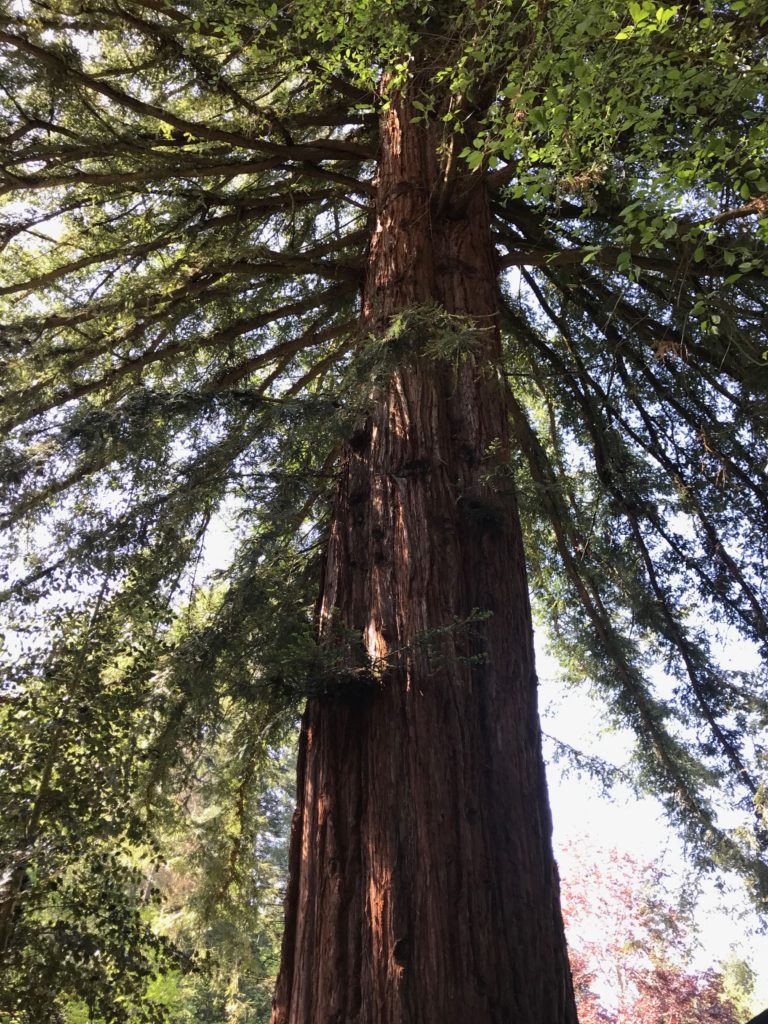
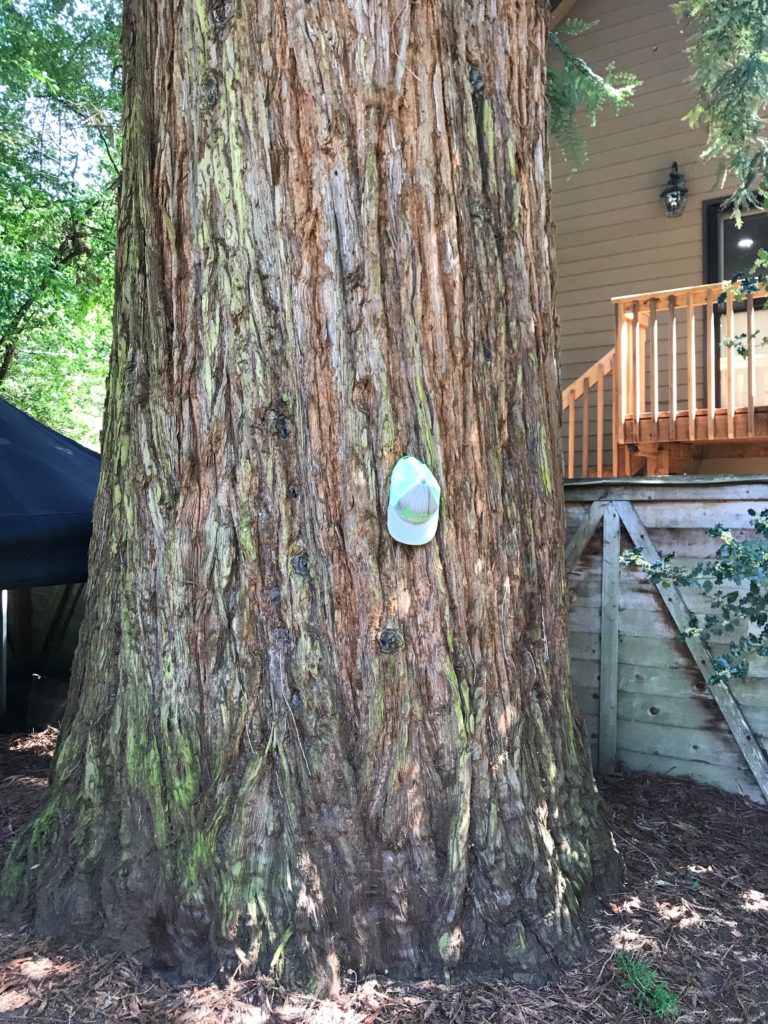
Madagascar’s Trees— Bizarre and Other-Worldly Looking
Ever been to Madagascar, the earth’s fourth largest island just off the southeastern coast of Africa? Neither have I. But recently I trekked, or more correctly, strolled through the weirdest bunch of trees in my life—a Madagascarian forest. These other-worldly trees, look like come out of sci-fi movie or something. They’re some of the world’s rarest and most endangered trees, and are featured, of all places, at the San Diego Zoo’s Africa Rocks Exhibit.
Please enjoy this brief tour…
The Madagascar Palm
The Healing Moringa Tree Continue reading
In Search of the World’s Largest Cactus in Cabo!
There are some 1750 known cactus varieties (Cactaceae family) in the world. Most are native to North and South America with few species native to Africa, Madagascar and Sri Lanka and some Islands in the Indian Ocean. Hundreds of cacti are native to the Sonora and Baja deserts of NW Mexico and the US southwest.
Recently, I took a trip to Cabo San Lucas on the southern tip of the Mexican state of Baja California Sur. From Cabo, I travelled north about 40 or 50 miles along the coast for some fun in the desert. To my excitement, there were cactus everywhere. To this rusty, rain-drenched Pacific Northwest US web-toed native and professional tree-loving arborists, the unique novelty of an arid desert that receives only a couple of inches of rain per year and where forests of cacti abound stirs my flora passions and unquenchable curiosities to new highs.
Wherever I travel around America and the world, I’m always in search of the biggest and most unique tree species the planet has to offer. Well, I found one in Baja Sur California—the giant cardon or elephant cactus.
The largest cactus in the world next to the Saguaro cactus is the Mexican giant cardon or elephant cactus found in NW Mexico in the states of Baja California, Baja California Sur and Sonora. The maximum recorded height of the cardon cactus is 63 feet with a foot trunk diameter of more than three feet with several side branches. This cactus is slow growing and can live for hundreds of years and may weigh up to 25 tons. The saguaro cactus native to Mexico, California and Arizona generally grows to about 40 feet tall, but a few decades ago one blew down that was 78 feet tall. Currently, the tallest saguaro cactus is about 45 feet tall and is located in Arizona. This makes the cardon cactus, in reality, the tallest cactus on earth.
Though the cardon cacti I encountered weren’t the tallest giants of this species, many that I saw were still 20 to 30 feet tall.
Here are some close up shots of this beautiful and exotic plant.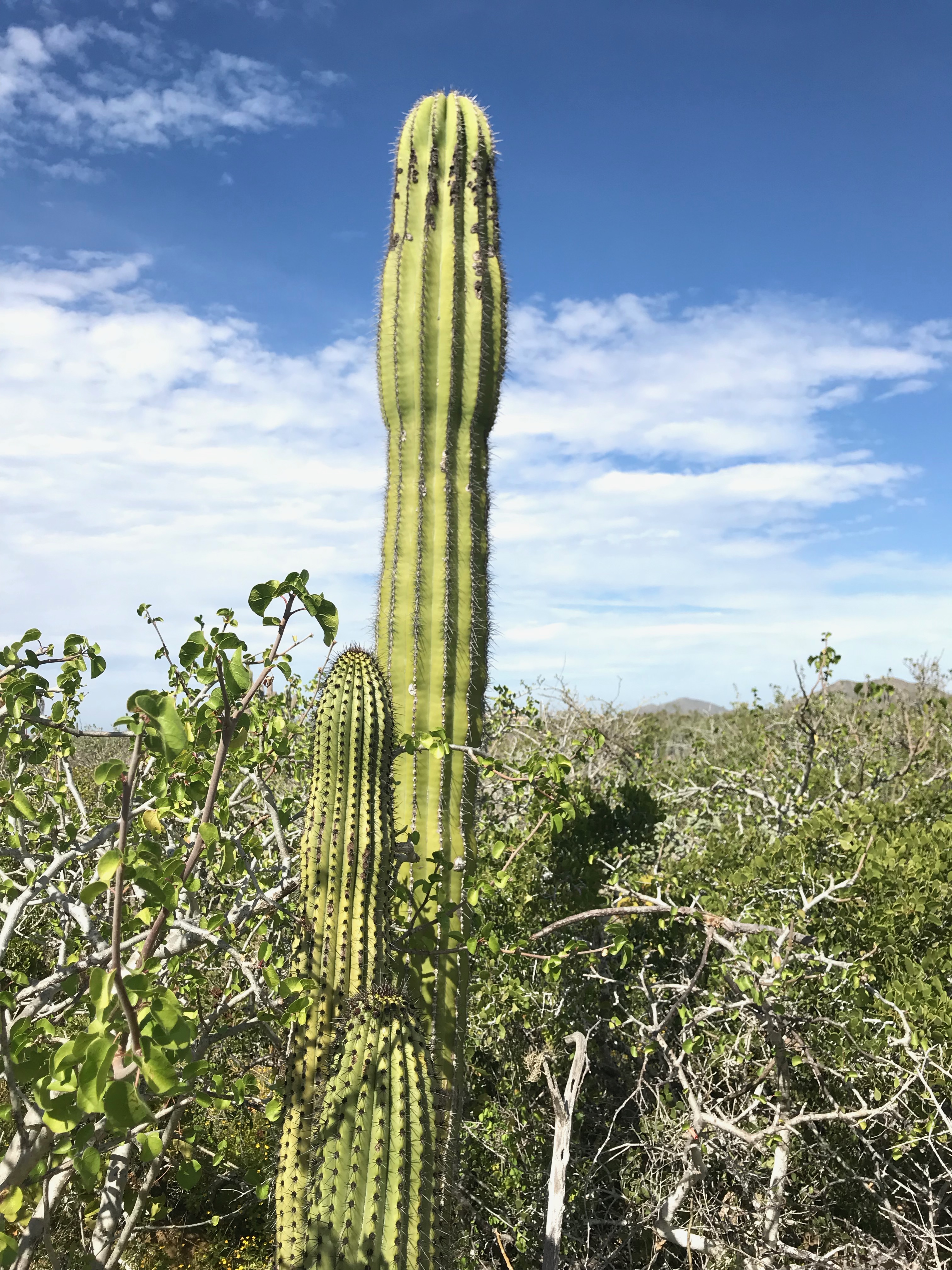
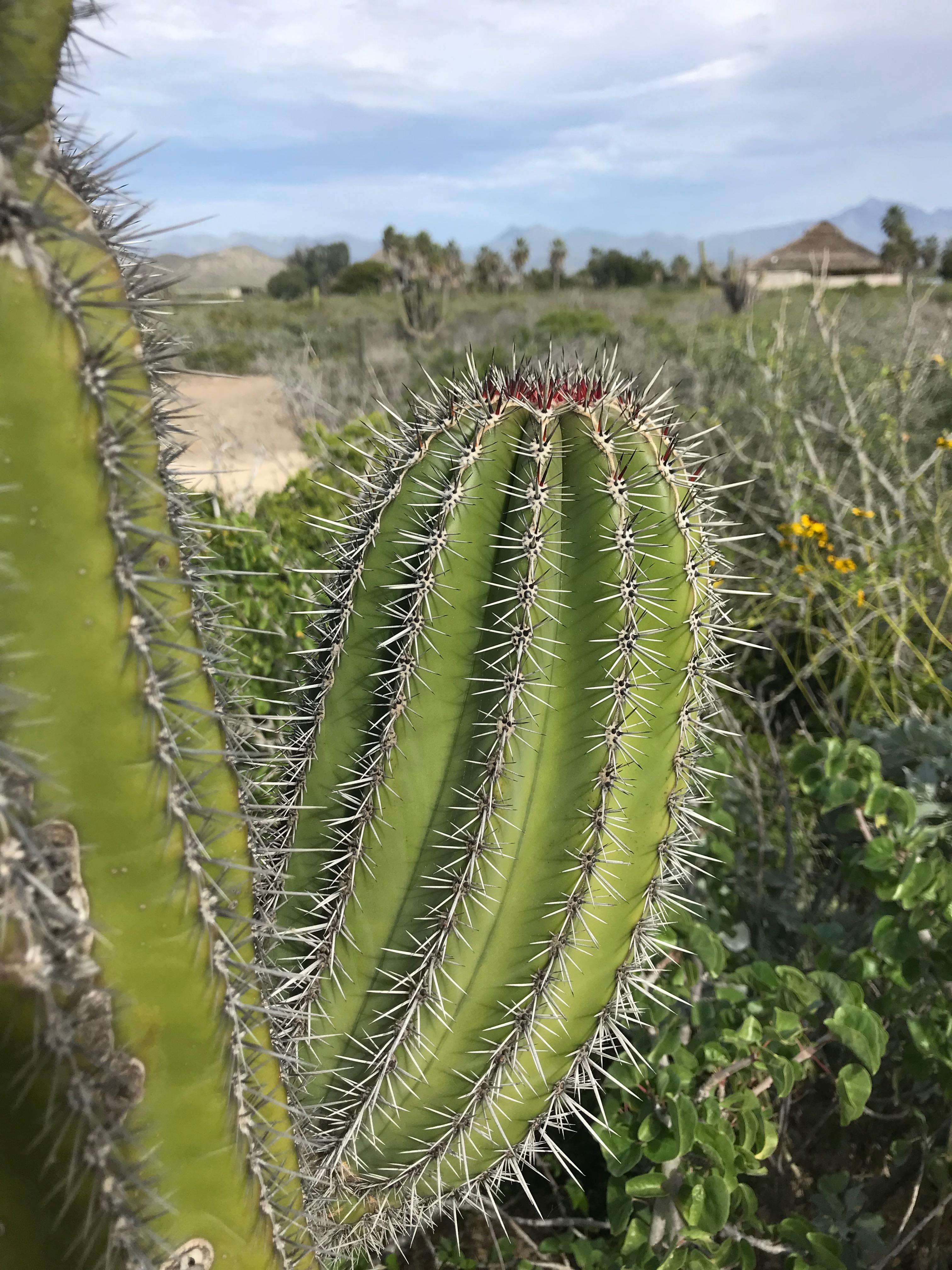 I encountered in amazement several other varieties of smaller cacti as well.
I encountered in amazement several other varieties of smaller cacti as well.
Some cacti were even in bloom.
Here is the wooden skeleton of a long deceased cactus.
Ever see an aloe vera in full bloom? Neither had I until now.
Okay, looking for cacti wasn’t the only thing my wife and I did on this excursion. Looking at cacti was a means to an end.
Imagine going to Mexico to ride a camel—on the beach no less!
On more camel shot. I grew up on a farm and I love animals. What can I say?

And here’s a final cactus picture. This one is from Maui, Hawaii. Yes, catcus in the desert area of SE Maui just feet from the beach and palm trees. No kidding! Deserts and cactus are not the stereotypical scenes one sees in the picture post cards of Hawaii, to be sure, but I was there a year ago and saw it myself.
This is a non-native naturalized prickly pear cactus that was introduced into Maui in the 1800s apparently as cattle fodder. They get large there—about 20 feet tall.
While I was taking this photo I heard and then saw a barking deer nearby. No kidding, a barking deer! I couldn’t believe my ears or eyes. Look up the “barking deer of Maui” online. It’s quite a story!
Amazing Trees—The Unique and the Odd (the Pacific Northwest, Hawaii, Alaska and more)
Celebrating the beauty and uniqueness of trees. Please enjoy! (All photos by Nathan or Sandi Lawrence)
A 4,500 Year-Old tree Tree Stump. This ancient Sitka spruce relic is located at Beverly Beach State Park on the Oregon coast.
Spirit Lake at Mount Saint Helens. Almost 40 years after the 1980 Mount Saint Helens volcanic eruption, Spirit Lake is still covered with floating old growth conifer logs.
“Healed” Tree Stump. In a forest of Douglas fir trees, when a tree is cut down and stump is left, you’ll sometimes find the tree stump healed over. Why is this? This is because all the tree roots are connected—a literal family of trees—and when one is wounded the remaining living trees heal the wound of the cut tree to prevent diseases from entering into the tree family.

New growth is already beginning to form on this “dead” fir stump. Eventually, the top of the stump will be healed over.
A Wysteria “Tree.” This wysteria vine in complete bloom covers this entire 60 foot tall spruce tree near Forest Grove, Oregon.
Ghost Forest, in Neskowin, Oregon. These spruce trees are thousands of years old and landed on the beach when an earthquake occurred and the tree-covered cliffs above slid into the Continue reading


